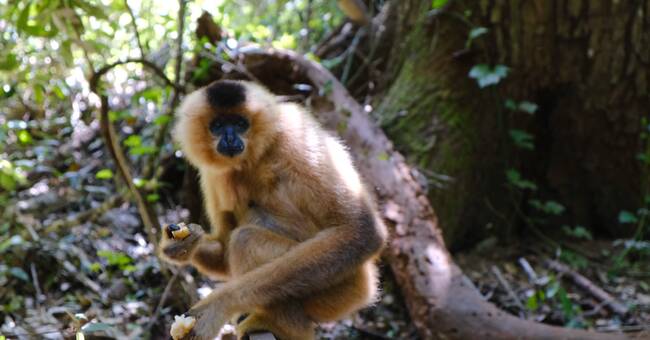Scientists and climbers have set up ropes between trees to help the gibbon monkeys on the Chinese island of Hainan spread.
About six months after the ropes were set up, the monkeys began using them as bridges.
The Gibbon monkey on Hainan is the most endangered monkey in the world with only about 30 individuals left.
This is mainly due to the fact that about 95 percent of the tropical rainforest in which the monkeys lived has been destroyed.
- What is interesting and a little hopeful about this study is that once you put in intensive measures for these extremely endangered mammals that it is about, you can do quite a lot, Ola Olsson, biologist at Lund University.
Gibbon monkeys are threatened by habitat loss
Human impacts such as climate change, deforestation and industrialization are causing fragmentation.
This means that species' habitats become smaller and end up further apart.
- Without habitat loss, you have no fragmentation because then the surfaces sit together.
These very concrete problems with spread rarely become a problem until you have already lost a lot of habitat, says Ola Olsson.
Many species are threatened by the disappearance or alteration of their habitat.
- The main message we should take with us here is that we should not end up in a situation where we only have around 30 individuals of one species left, says Ola Olsson.
Fragmentation in Sweden
Swedish natural environments such as deciduous forests and natural pastures are also fragmented, according to Ola Olsson.
- Our natural environments here are also fragmented.
Many habitat types that are very valuable here are found in fairly small fragments.
On the one hand, size is a problem.
We have too few of these areas for it to be optimal.
But in addition, the distance to the next area of the same type becomes a problem, and there you have the fragmentation problem, he says.
The study was published in Nature.

